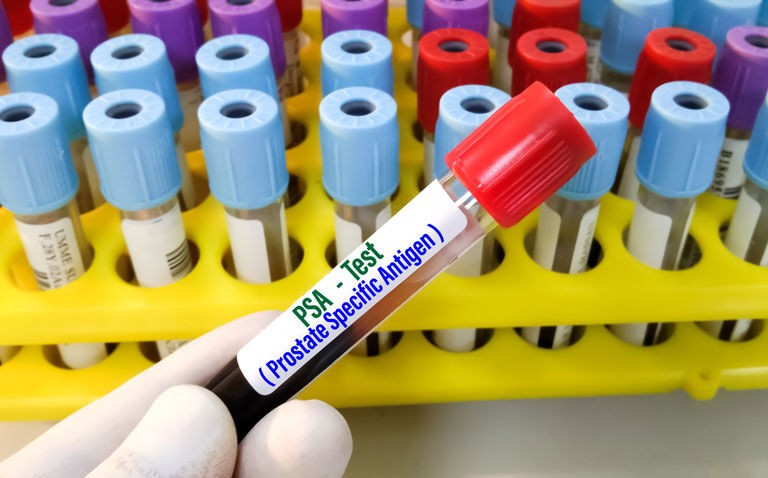Prostate cancer mortality has been found to be low and no different between three treatment interventions after 15 years of follow-up
UK researchers report that the findings of a 15-year follow-up trial of different interventions, showed that in men with an elevated prostate specific antigen test, prostate cancer mortality was low, irrespective of the assigned treatment intervention.
In 2020, there were more than 1.4 million new global cases of prostate cancer and and over 375,000 associated deaths, making it the second most common cancer in men. In the UK in 1999, the Prostate Testing for Cancer and Treatment (ProtecT) trial began in which men aged between 50 and 69 years of age received a prostate-specific antigen test. In cases where the test gave a value of 3·0 μg/L or higher, men were offered a biopsy and where localised prostate cancer was diagnosed, they were enrolled in a trial to evaluate the effectiveness of three different treatment interventions: active monitoring; prostatectomy or radiotherapy. In the current study, researchers have reported upon the findings after 15 years of follow-up, in which they were able to evaluate the effectiveness of the three different interventions. The primary outcome of the study was death from prostate cancer, as adjudicated by an independent cause-of-death committee
Prostate cancer mortality on follow-up
In total, 545 men were randomly assigned to receive active monitoring, 553 to undergo prostatectomy, and 545 to radiotherapy. Follow-up data was available for 98% of the entire cohort.
In total, there were 45 deaths due to prostate cancer. However, prostate cancer mortality was broadly similar across the three groups: 3.1% in the active-monitoring group, 2.2% in the prostatectomy group and 2.9% in the radiotherapy group and this difference was not significant (p = 0.53 for group comparison). However, while the development of metastases was more common in the active monitoring group (9.4%), it was similar in the prostatectomy (4.7%) and radiotherapy groups (5.0%).
The authors concluded that given how prostate cancer-specific mortality was low regardless of the treatment assigned, the choice of therapy should involve weighing trade-offs between benefits and harms associated with different treatments options for men with localised prostate cancer.
Citation
Hamdy FC et al. Fifteen-Year Outcomes after Monitoring, Surgery, or Radiotherapy for Prostate Cancer. N Eng J Med 2023










